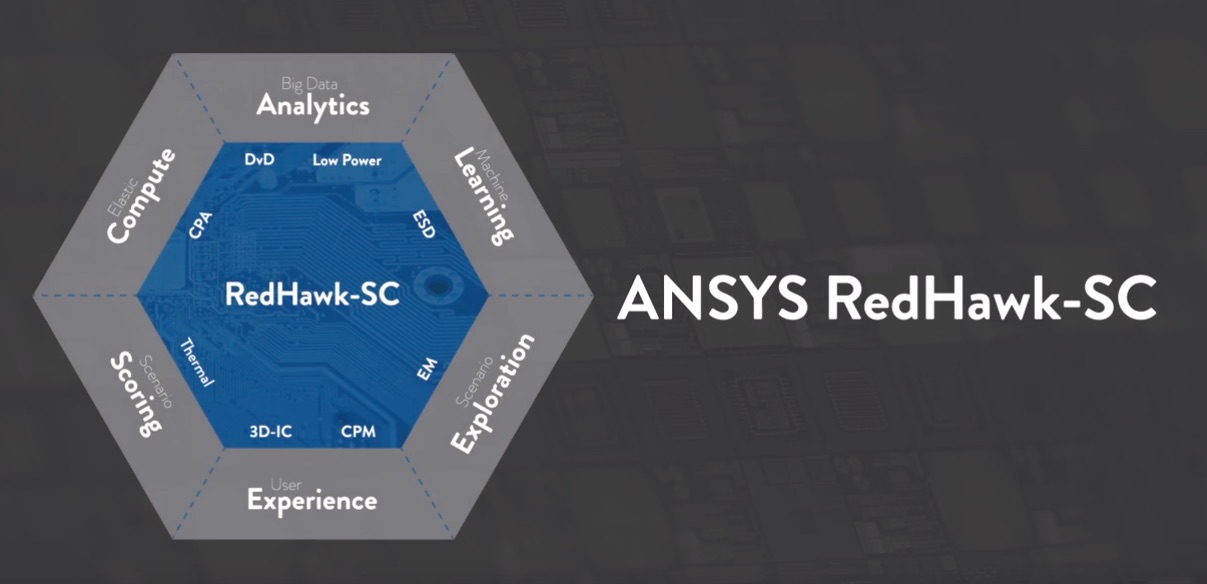The nearly unavoidable truth about dynamic voltage drop (DVD) signoff for power distribution networks (PDN) is that the quality of results depends on the quality and quantity of the vectors used to activate the circuit switching. As SOCs grow larger and are implemented on smaller nodes, the challenges of sufficient coverage and increased sensitivity of chips to PDN issues makes the task of PDN sign off increasingly difficult. Often designers are limited to only running a few nanoseconds of vectors due to runtime and capacity issues. Western Digital recently gave a presentation at the Ansys Ideas Digital Forum on the how they used the capabilities in Ansys® Redhawk-SC™ with the SeaScape Analysis Platform to achieve big improvements in PDN Sign off coverage. The presentation, given by Kushang Bajani, principal engineer at Western Digital, is titled “A Methodology for Steep Increase in PDN Sign-off Coverage Using Big-Data Platform”.
Western Digital switched to Redhawk-SC from Redhawk to take advantage of the native cloud support and big-data techniques it offers. SeaScape allows RedHawk-SC to utilize scalable parallel processors and distributed local memory for running extremely large jobs. Previously for each vector set and mode the user needed to create and maintain a separate set-up. Thanks to the massive parallelization offered with SeaScape, many vector sets can be run in parallel to find the most comprehensive worst case switching for power. Redhawk-SC can consolidate the worst power windows from multiple vector sets to provide a realistic worst case for sign off.

In his experience, Kushang reports seeing runtime going from 60 hours to just 12 hours in a multi VCD flow. This actually also allowed increased coverage and in one test case RedHawk-SC uncovered a better power window that had double the power usage of the one they found using just Redhawk.
To ensure that they felt comfortable moving to Redhawk-SC, Western Digital ran an exhaustive correlation exercise to verify QoR. Kushang shares one example where they started with a 4.034 microsecond VCD. Both tools identified the same 10 ns power window. When they ran each tool to get power figures they matched within a fraction of a percent.
Kushang feels that they now have significantly improved PDN sign off coverage. This comes with improved runtimes that make it possible to screen using multiple vectors, even on large multi-million node designs. They can uncover more potential PDN weaknesses and have higher confidence when they go to tape-out.
SeaScape is a key enabling technology for RedHawk-SC, giving it the ability to run much larger design problems and explore PVT conditions, modes and vectors. The results can be combined using analytics to provide insights into the design. SeaScape scales linearly to hundreds of CPUs and can operate on-premises or in the cloud. For many companies having the ability to access massive compute resources only as needed means that high costs of ownership can be avoided.
RedHawk-SC is the first application that Ansys has ported to the SeaScape platform, but others, like PathFinder-SC, are also available now and others to follow soon. We’ve always known that EDA’s compute requirements are very large. Ansys’ investment in offering their users a pathway to efficiently, reliably, and easily access resources to improve design results is good to see. The full presentation by Western Digital is available on-demand by registering at the Ansys IDEAS Digital Forum.
Also Read
Optical I/O Solutions for Next-Generation Computing Systems
Bonds, Wire-bonds: No Time to Mesh Mesh It All with Phi Plus
Neural Network Growth Requires Unprecedented Semiconductor Scaling
Share this post via:





Comments
There are no comments yet.
You must register or log in to view/post comments.